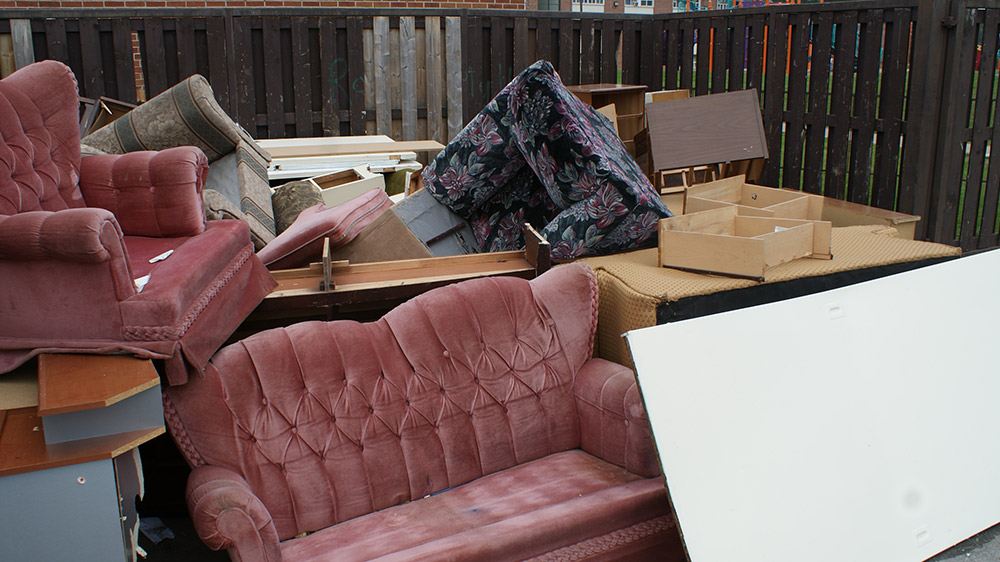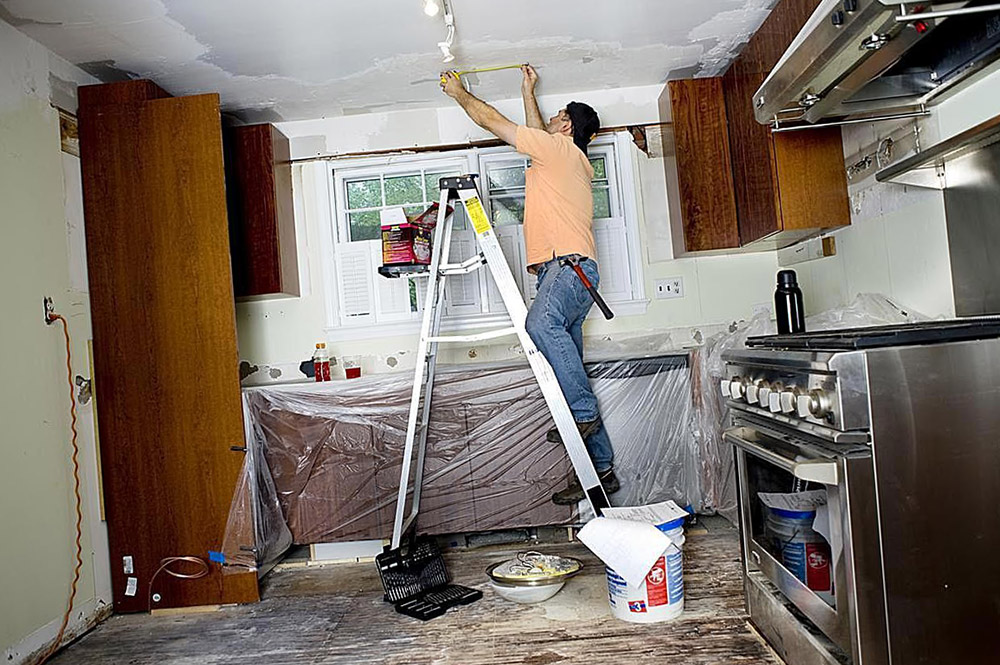How to start repairs-step by step (part2)
In the previous article, we told you what stages of repair you expect, if you started it. In this article, we will continue to share our experience on how to properly start repairs. So, we continue:
4. Garbage collection
If you are a contractor, then you should definitely find out from the customer: what can be thrown away after dismantling and repair work, and what should be left. Next, decide where and how you will store the necessary things and how to get the garbage out of the apartment. Garbage collection includes the following activities:
- Preparation of packaging
- Filling bags
- Ordering and paying for a car with a dumpster
- Meeting and operational loading of the bunker

It is not necessary to delay loading, otherwise, the garbage container will be filled with foreign waste. In addition, the entire area around it will also be in the garbage, which you will have to clean up. Do not forget about cleaning the entrance and landing after taking out the garbage. The territory and the entrance can be cleaned on their own, hire specialists or negotiate with local janitors. This must be done, otherwise DEZ will show you a cleaning bill.
5. Organization of working conditions
It does not matter whether the repair is carried out in a cottage, office or apartment, it is necessary to organize a comfortable working environment for the work team.
- A place for workers to change clothes. This can be a separate closed room or a regular hanger with a film to protect it from dust.
- A place to eat.
- A place for washing and washing hands, possibly showers. Toilet. Sometimes you have to install temporary taps to use the water.
To perform production work, it is important that workers know where to place building materials and tools. Daily garbage should be thrown out every day, and not wait for the arrival of the bunker.
Workers should be prohibited from using window sills and batteries for their own personal purposes. For example, many people prefer to dry socks on radiators, put bottles and cans on the windowsill. Subsequently, it is often necessary to change both the window sills and the batteries. This is done at the expense of the contractor, so it is better to discuss this point with the workers in advance. Of course, the customer must also control this process, but still the main responsibility for maintaining cleanliness in the place of repair work lies with the contractor.

In addition, tools and improvised means often block the aisles, fall at the most inopportune time, spoil the floors and walls. This also needs to be monitored. Both the customer and the contractor must anticipate and prevent emergencies if possible. Consider the following types of incidents: a leak or flooding of neighbors, a short circuit in the electrical network, complaints from neighbors, injuries to workers during repairs, a fire, a fight between workers, and others.
This list of preparatory work may be intimidating, but for knowledgeable people and experienced contractors, it is a necessity. Preparatory work allows you to prevent small disasters and major natural disasters. Taking into account all the recommendations allows customers and contractors to secure the work process. In addition, the weaknesses in the organization of repair work are immediately visible.
Pub date: 2021.06.01